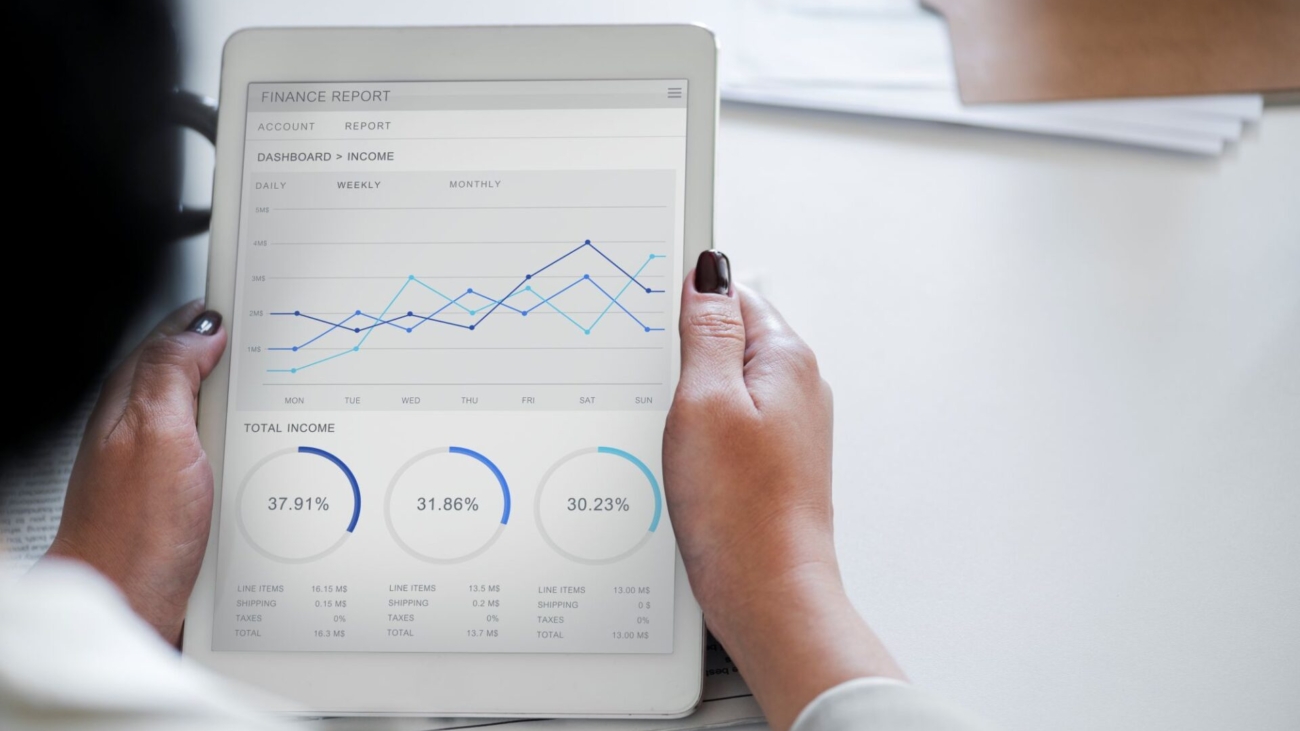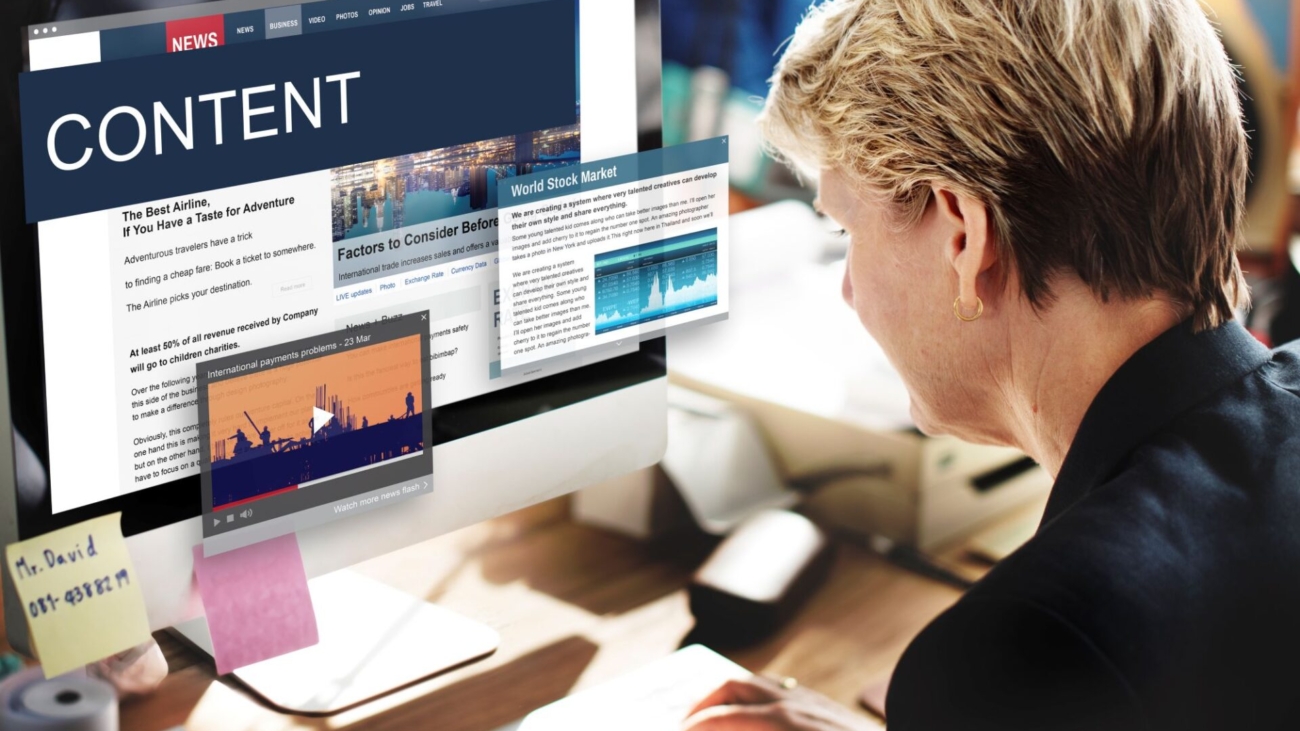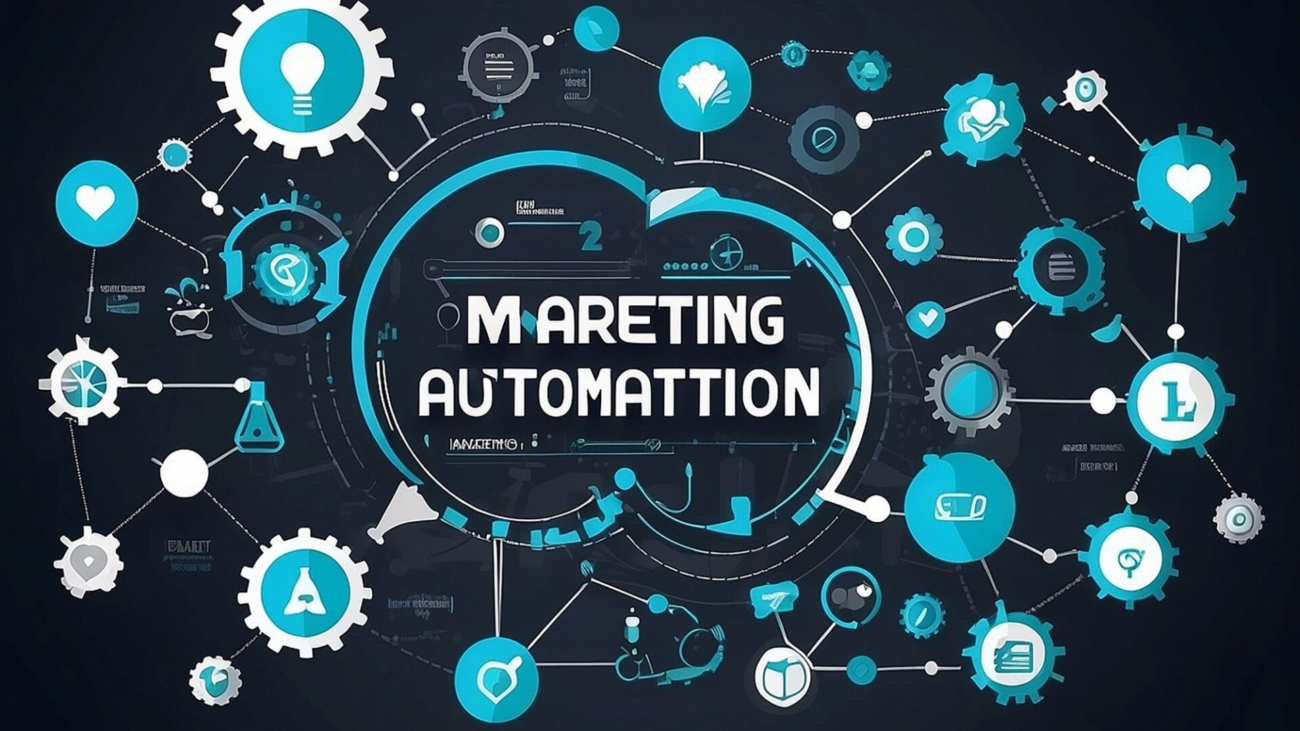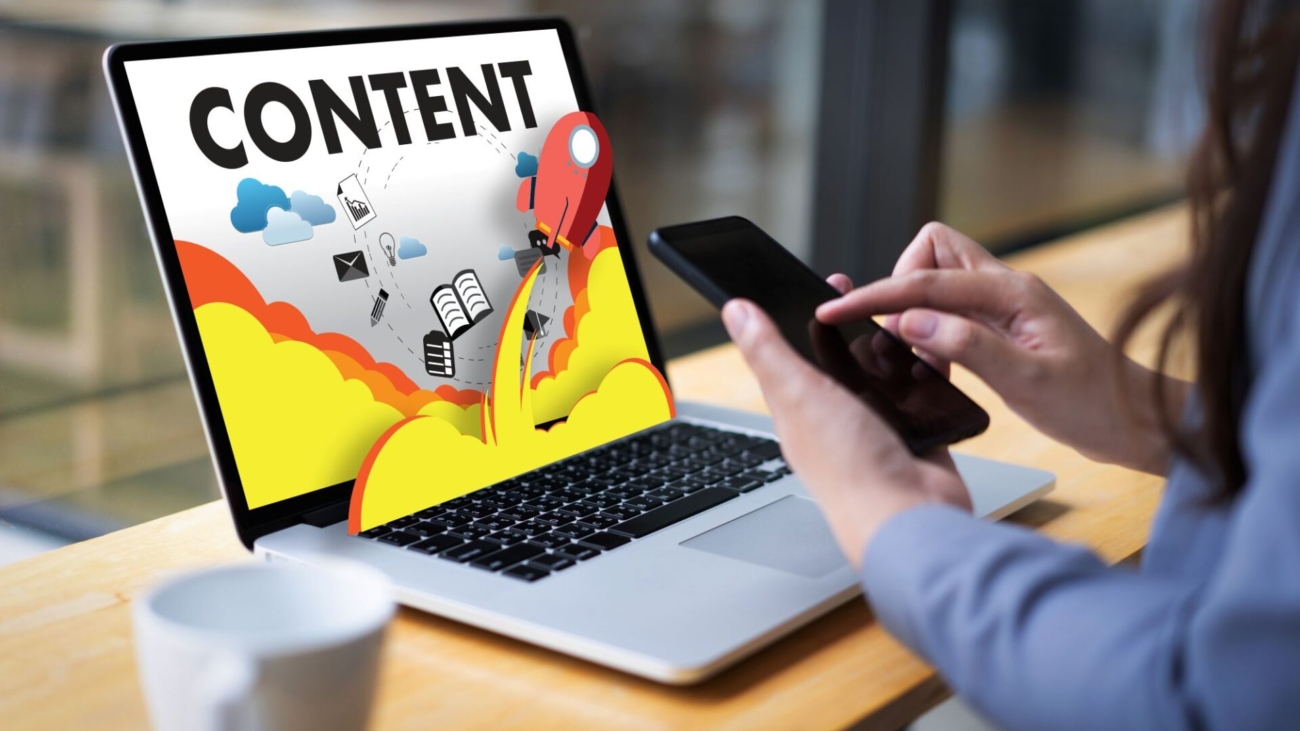Predictive marketing isn’t just a trend—it’s the future. In my two-decade journey in digital media, I’ve seen countless strategies come and go, but the power of AI to forecast customer behavior stands in a league of its own. I recall the struggle of aligning campaigns with what consumers really wanted, often throwing darts in the dark and hoping they hit the mark. But today, with predictive analytics, we’re no longer guessing. We’re anticipating.
Imagine being able to forecast a client’s next move. My team at Border Digital Media embraced this shift early on, using AI to analyze historic and real-time data to predict behaviors like churn likelihood or next purchase. At first, it felt like venturing into unknown territory. Would these models work as promised? Could they really increase our ROI as suggested by the experts? The answer came in the form of newfound precision in targeting, a game-changer for our clients across languages, regions, and cultures.
What’s the catch? It demands a mindset shift—one where data isn’t just numbers in a spreadsheet but insights leading to action. Here’s what I’ve learned:
– **Trust the Data**: It may feel uncomfortable initially, but numbers don’t lie. Lean into what they tell you.
– **Stay Curious**: Keep testing, iterating, and learning. The landscape will continue to evolve, and keeping pace means staying ahead.
– **Embrace Change**: This is more than tech; it’s a philosophy of community-focused, client-centered marketing.
For those starting or looking to refine their skills, consider how predictive marketing can offer insights you’d never even considered. And for seasoned marketers, it’s about recalibrating—stepping back to see how these predictive capabilities fit with timeless marketing principles.
What’s been your biggest hurdle with predictive analytics? Let’s explore the possibilities and challenges together!










